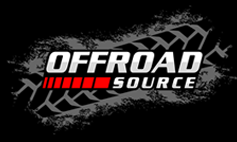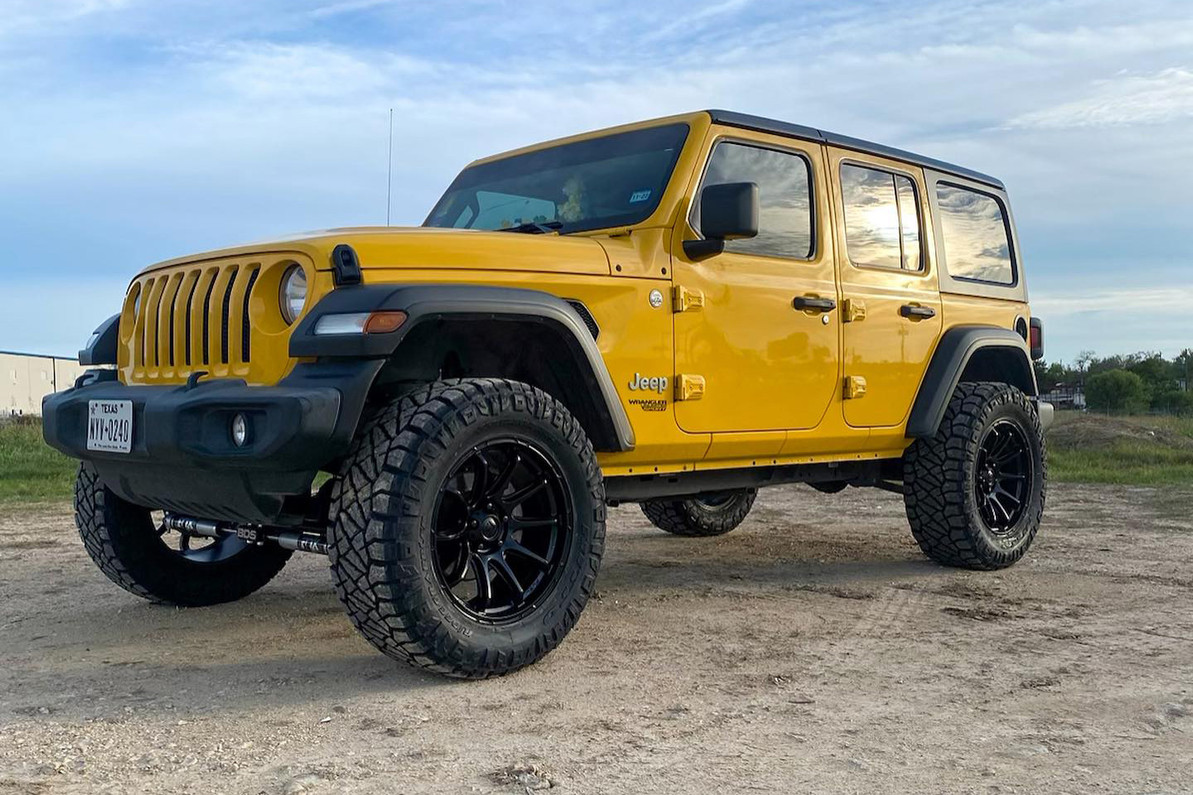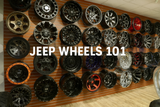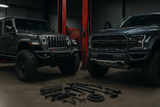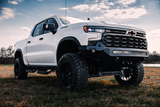What Common Mistakes You Should Avoid When Lifting a Jeep Wrangler?
Lifting a Jeep Wrangler is a great way to improve off-road performance, increase ground clearance, and give your vehicle a more aggressive look. However, improper installation or poor planning can lead to handling issues, mechanical problems, and unnecessary costs. Whether you're using a Suspension Lift Kit or Vehicle Body Lift Accessories, understanding the most common mistakes will help you avoid costly errors and ensure a smooth ride.
Choosing the Wrong Lift Type
One of the biggest mistakes Jeep owners make is selecting the wrong lift type for their needs. There are two main types: Suspension Lift Kits, which provide better articulation and ground clearance, and Vehicle Body Lift Accessories, which raise the body without affecting suspension travel. If you plan on extreme off-roading, a suspension lift is the best option, while a body lift is ideal for improving aesthetics and allowing for larger tires without major suspension modifications.
Ignoring Proper Alignment
After installing a lift, many Jeep owners neglect to get a proper alignment. Lifting a Jeep alters suspension geometry, affecting caster, camber, and toe settings. Without an alignment, you risk uneven tire wear, poor steering response, and a wandering steering feel. Always schedule an alignment immediately after installation to ensure safe handling.
Failing to Upgrade Supporting Components
A lift affects multiple vehicle components, not just ride height. If you install a Suspension Lift Kit but fail to upgrade control arms, track bars, or brake lines, your Jeep may experience poor ride quality and instability. For larger lifts (over 3 inches), extended brake lines, adjustable track bars, and upgraded control arms are essential to maintain drivability and prevent premature wear on factory components.
Using Incorrect Shocks and Springs
Not all shocks and springs are compatible with every lift. Using stock shocks on a lifted Jeep can lead to a rough, unstable ride. Similarly, incorrect spring rates can cause excessive sagging or an overly stiff suspension. Ensure you choose the right shocks and springs that match your lift size and driving style.
Overlooking Drivetrain Adjustments
Lifting a Jeep affects the drivetrain angle, which can cause driveline vibrations if not corrected. Installing a transfer case drop kit, adjustable control arms, or a slip yoke eliminator (SYE) can prevent excessive wear on drivetrain components. This is particularly important when installing taller lifts, as they put additional strain on the driveshaft and U-joints.
Installing Oversized Tires Without Regearing
Larger tires improve ground clearance and aesthetics but also affect gear ratios, fuel economy, and power output. Without proper re-gearing, your Jeep may struggle with acceleration and fuel efficiency. Consult a gear ratio chart to determine the best gearing option based on your tire size and driving habits.
Skipping a Professional Inspection
While DIY lift installations can be cost-effective, it’s wise to have a professional inspect your work. Loose bolts, improper torque settings, and suspension misalignment can lead to serious safety hazards. A quick check by a certified mechanic ensures everything is installed correctly and safely.
Not Accounting for Legal and Warranty Implications
Before lifting your Jeep, check local regulations and your vehicle’s warranty terms. Some states have height restrictions on modified vehicles, and certain lift modifications may void manufacturer warranties. Understanding these rules beforehand prevents potential legal and financial headaches down the road.
Neglecting Regular Maintenance
A lifted Jeep requires additional maintenance to keep it performing optimally. Regularly inspect suspension components, bushings, and steering systems for wear and tear. Keep an eye on tire pressure and rotate your tires frequently to avoid uneven wear. Proper maintenance extends the lifespan of your lift components and ensures a smoother ride.
Rushing the Installation Process
Installing a lift requires careful planning and patience. Rushing through the process or skipping crucial steps can lead to mistakes that affect safety and performance. Take your time, follow manufacturer instructions, and use high-quality tools to ensure a proper installation.
Final Thoughts
Lifting your Jeep Wrangler is a rewarding upgrade, but avoiding common mistakes is crucial for a safe and functional build. Whether you're using a Suspension Lift Kit for off-road capability or Vehicle Body Lift Accessories for a taller stance, proper installation and planning make all the difference. By choosing the right lift, aligning your suspension, upgrading necessary components, and maintaining your Jeep regularly, you’ll enjoy a smooth, reliable ride both on and off the road.
Recent Posts
-
Jeep Wheels 101 | Everything You Need to Know
Jeep Wheels 101 | Everything You Need to Know Upgrading your Jeep wheels is one of the most exciting …Jul 7th 2025 -
7 Ways to Customize Your Off-Road Vehicle for Optimal Performance
Off-road enthusiasts know that having a reliable, high-performing vehicle is key to conquering chal …Apr 4th 2025 -
The Ultimate Guide to Choosing the Right Lift Kit for Your Off-Road Truck
When it comes to off-roading, having the right lift kit for your truck is essential for performance, …Mar 28th 2025
